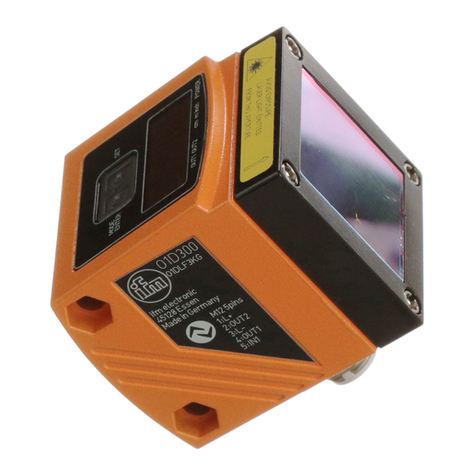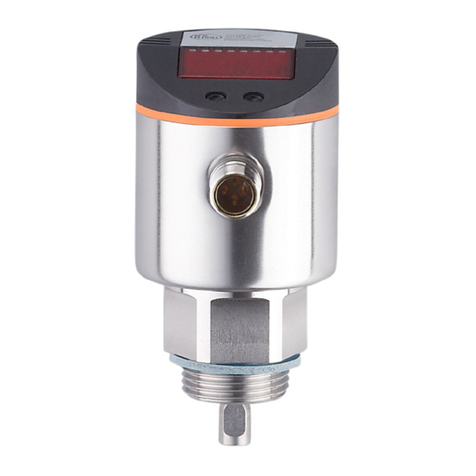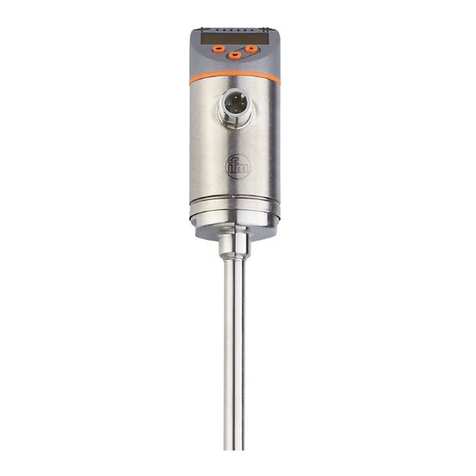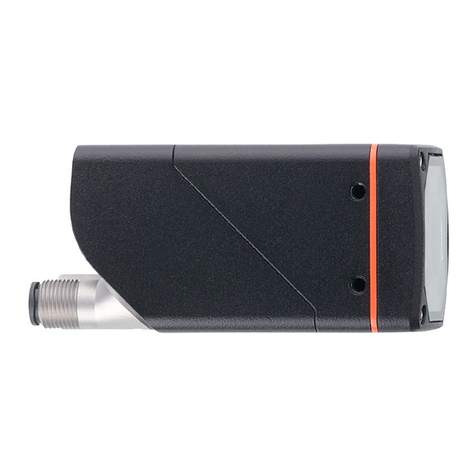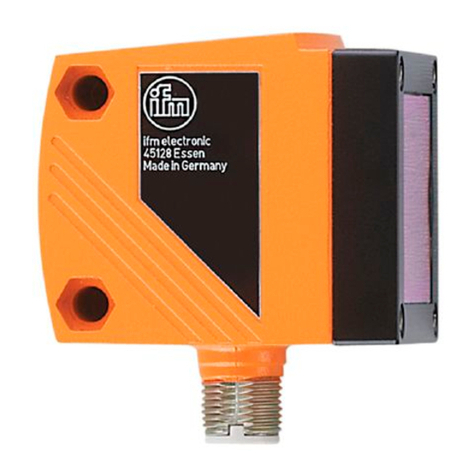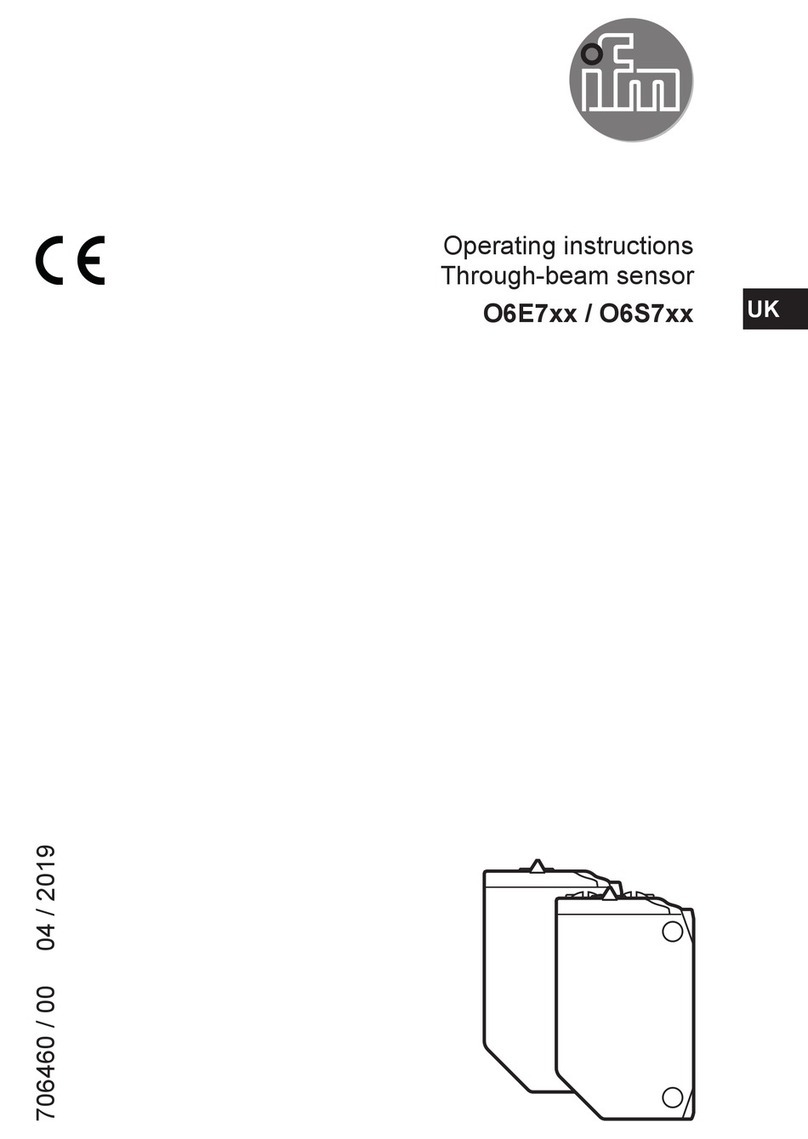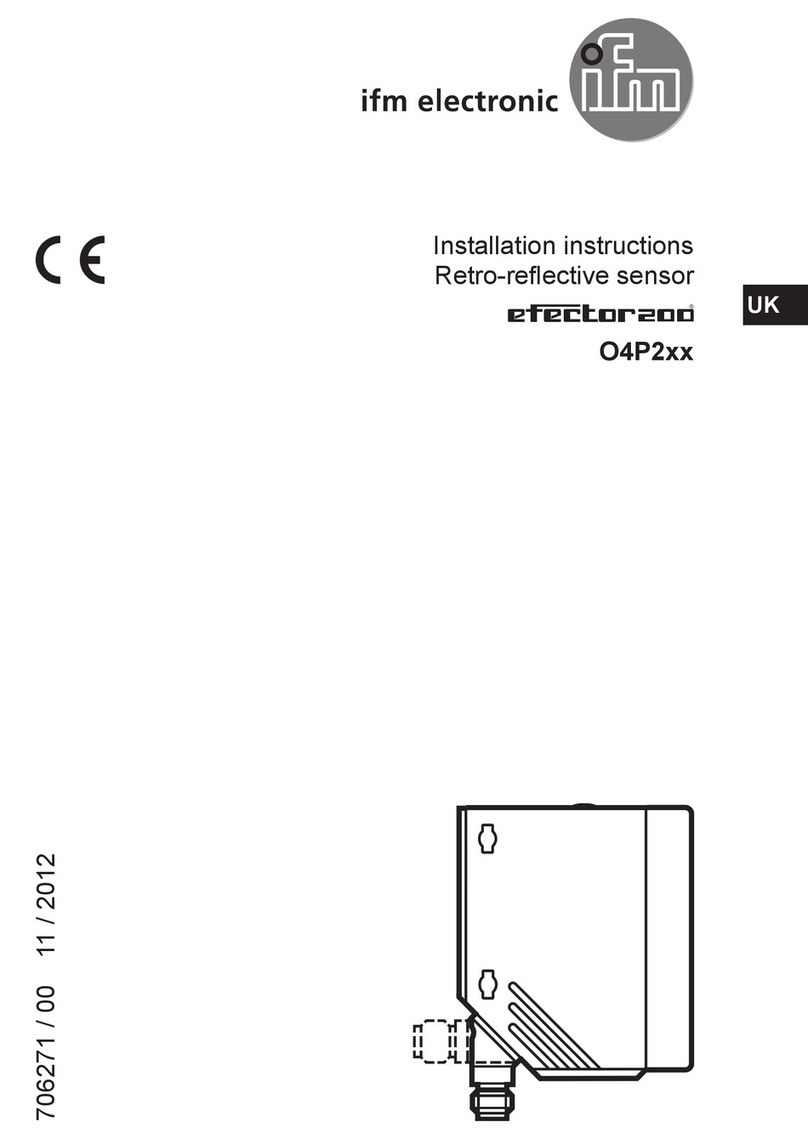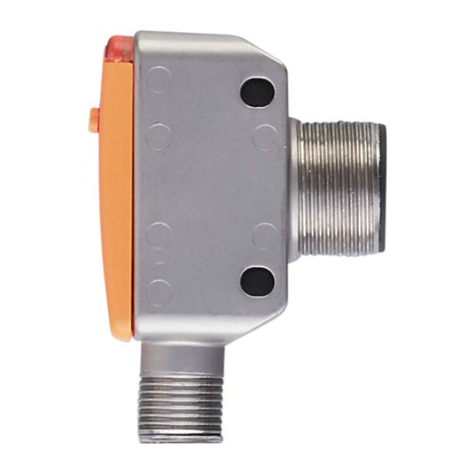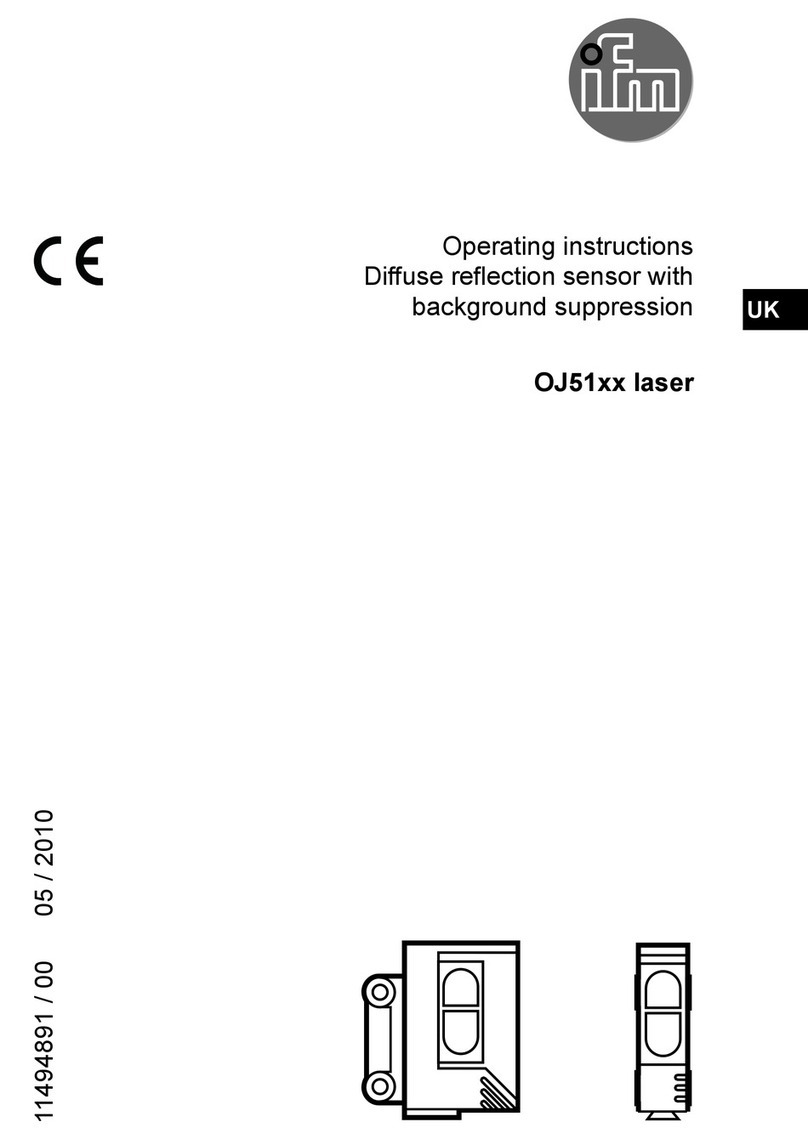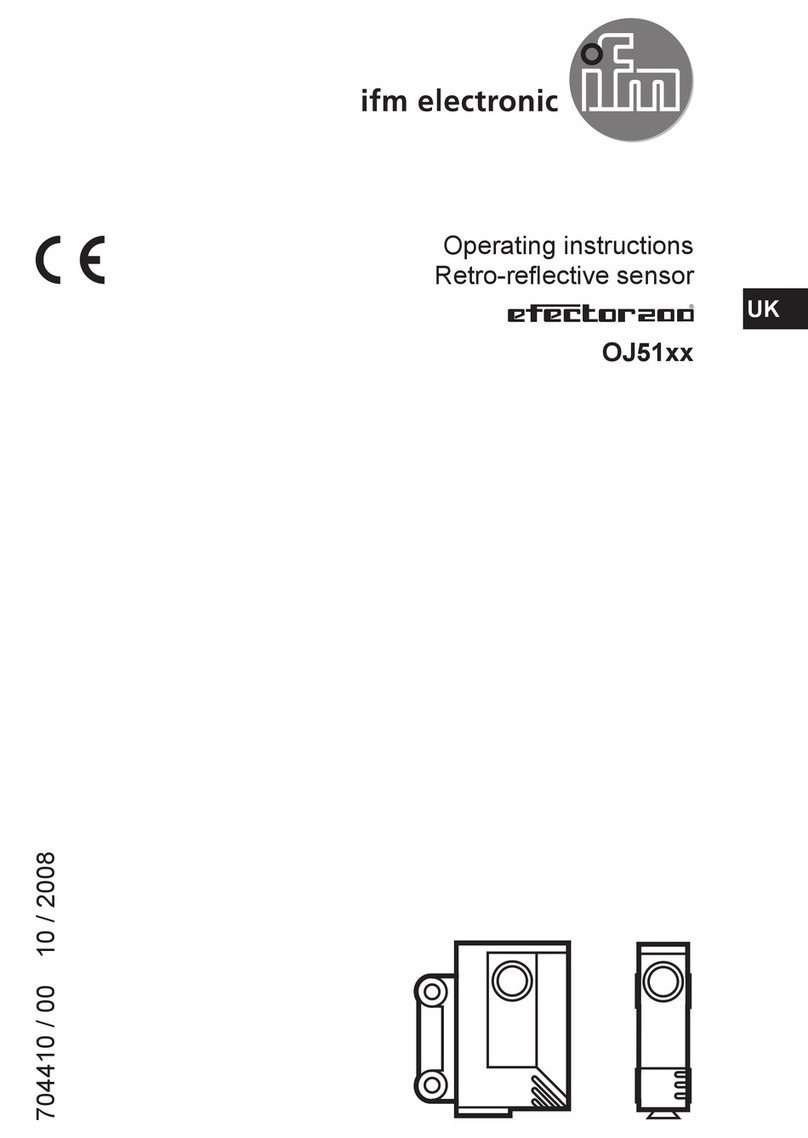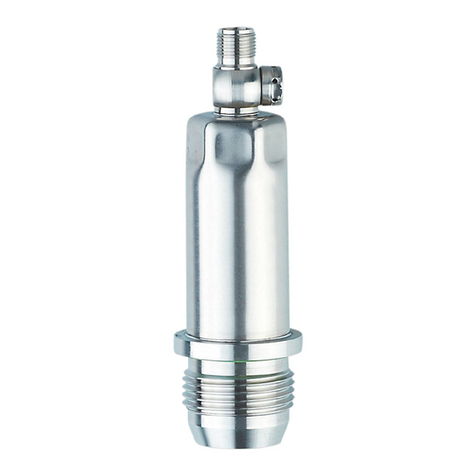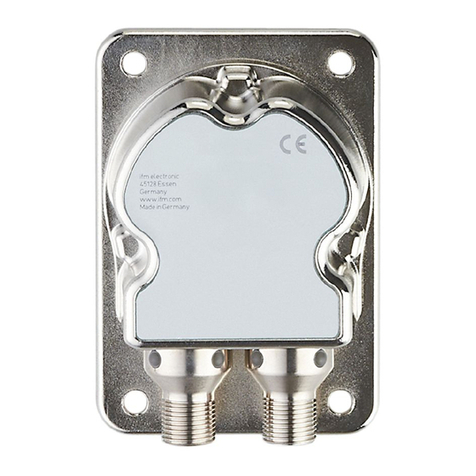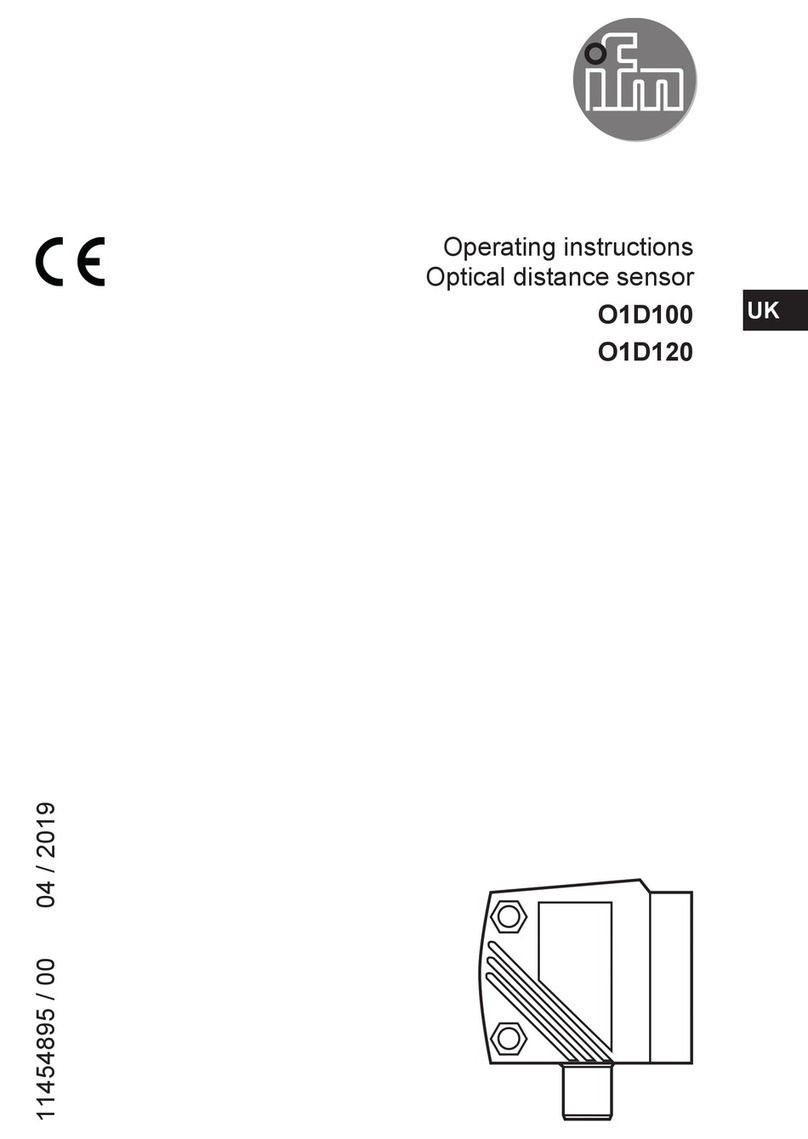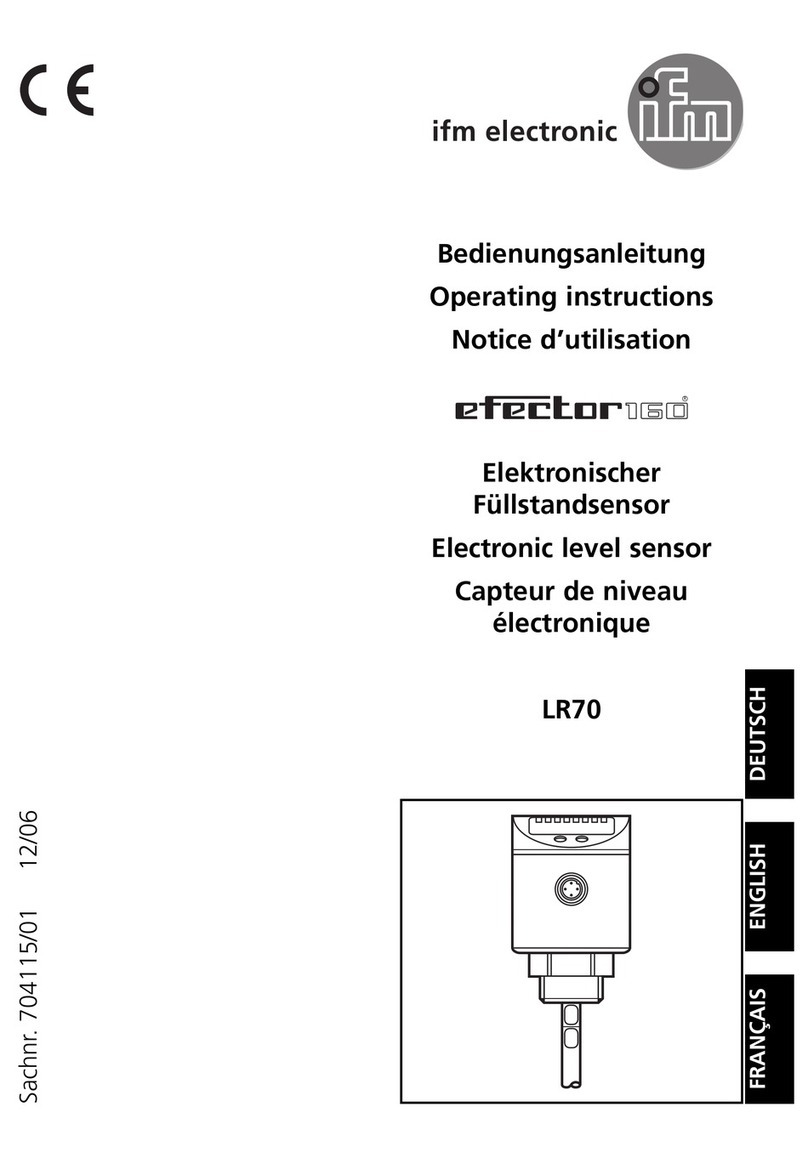
2
Contents
1 Preliminary note...................................................................................................4
1.1 Symbols used ................................................................................................4
2 Safety instructions ...............................................................................................4
3 Functions and features ........................................................................................5
3.1 Applications ...................................................................................................5
4 Function...............................................................................................................6
4.1 Operating modes ...........................................................................................6
4.1.1 2-wire operation....................................................................................6
4.1.2 3-wire operation....................................................................................6
4.2 Switching function (only for 3-wire operation)................................................7
4.3 Analogue function ..........................................................................................7
4.4 Customer-specific calibration ........................................................................8
5 Installation..........................................................................................................10
5.1 Filter cover................................................................................................... 11
6 Electrical connection.......................................................................................... 11
6.1 Connection for 2-wire operation ..................................................................12
6.2 Connection for 3-wire operation ..................................................................12
7 Operating and display elements ........................................................................13
8 Menu..................................................................................................................14
8.1 Menu structure: main menu.........................................................................14
8.2 Explanation of the main menu .....................................................................15
8.3 Menu structure: level 2 (extended functions)...............................................16
8.4 Explanation of the menu level 2 ..................................................................17
8.5 Menu structure: level 3 (simulation).............................................................18
8.6 Explanation of the menu level 3 ..................................................................19
9 Parameter setting ..............................................................................................20
9.1 Parameter setting in general .......................................................................20
9.2 Configure display (optional).........................................................................22
9.3 Set output signals ........................................................................................22
9.3.1 Set output functions............................................................................22
9.3.2 Set switching limits .............................................................................23
9.3.3 Scale analogue value for OUT2 .........................................................23
9.4 User settings (optional)................................................................................24
9.4.1 Carry out zero point calibration ..........................................................24
